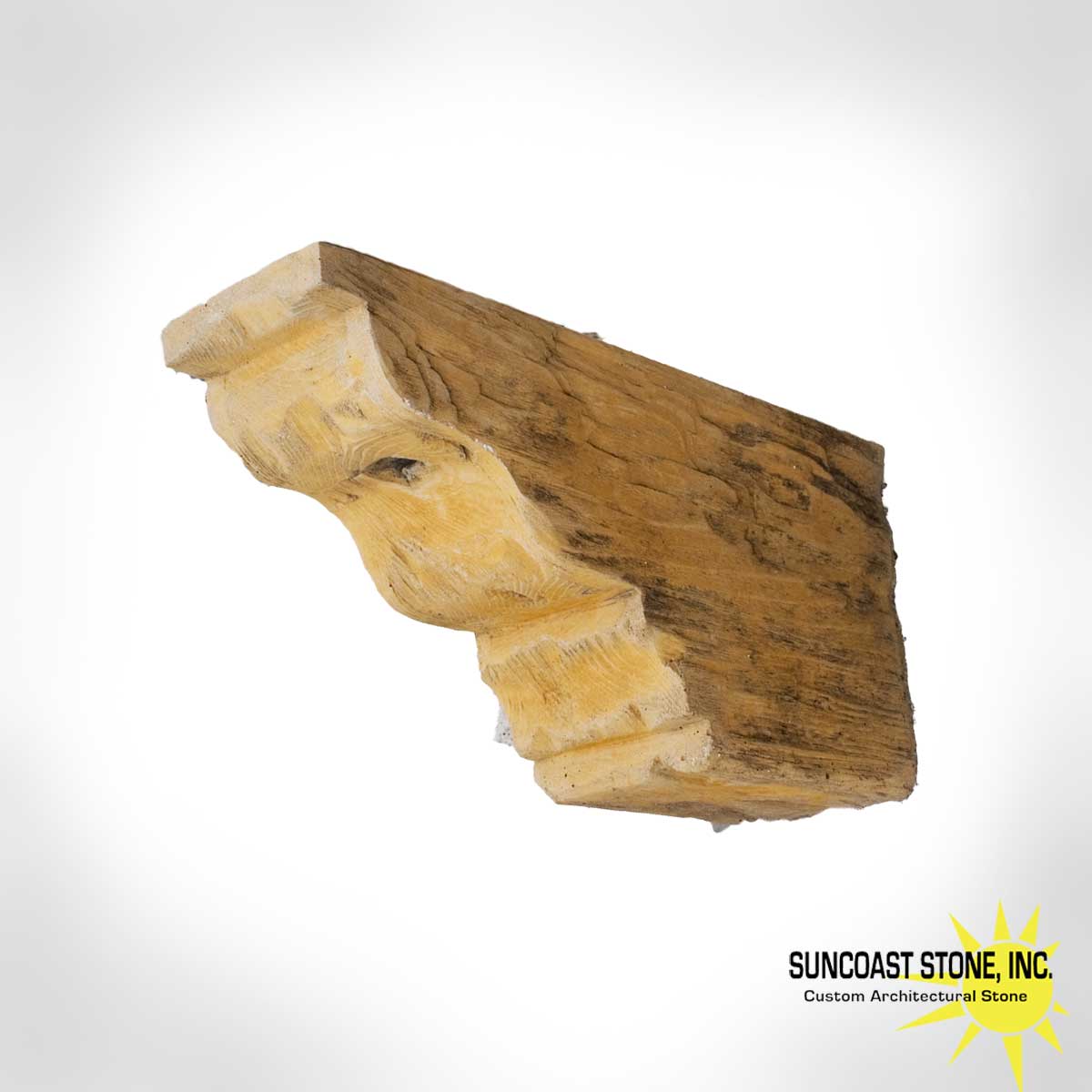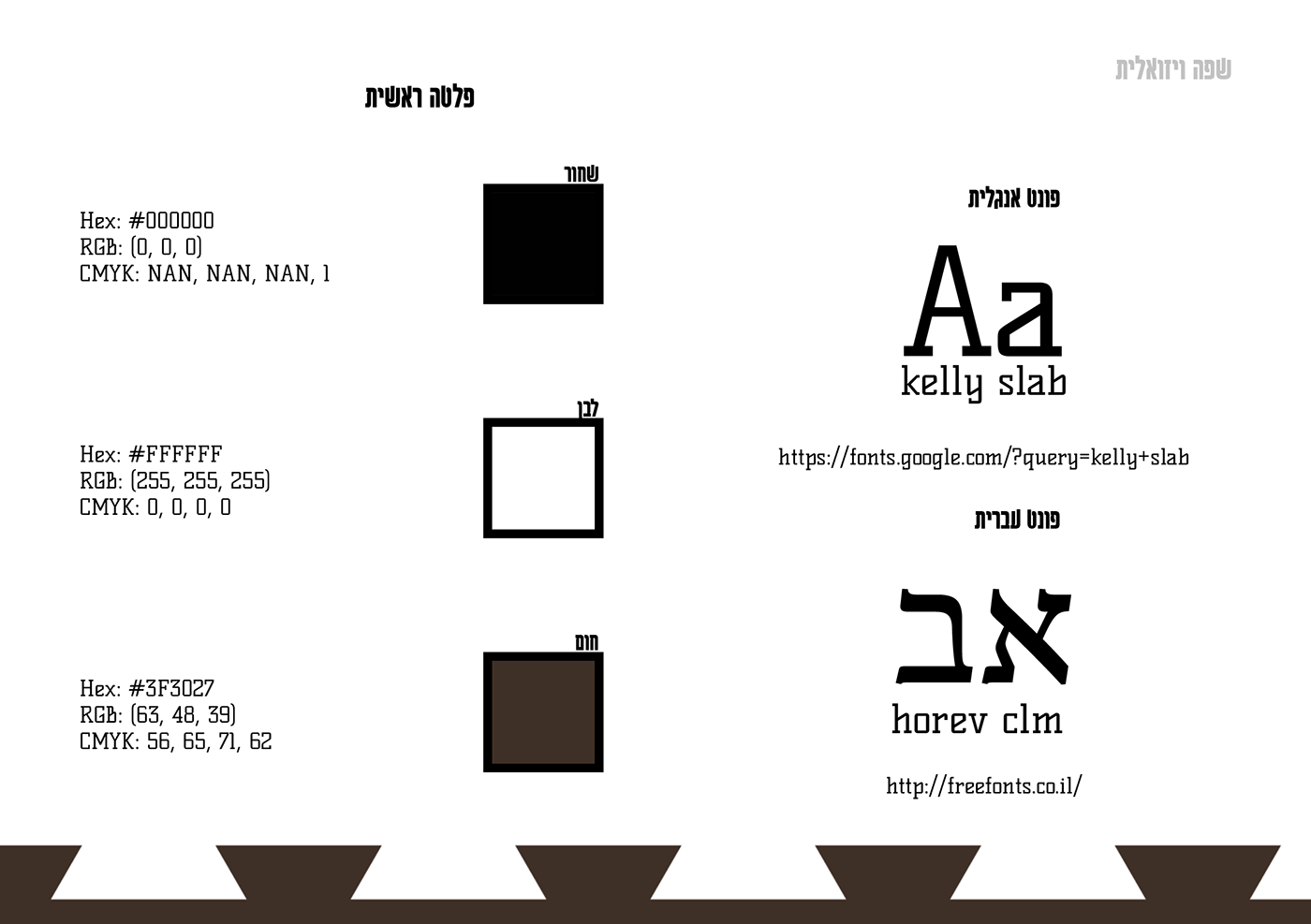A wood tail is more than just a piece of timber—it’s a testament to nature's artistry and human ingenuity combined. From crafting intricate furniture to building sturdy structures, the significance of a wood tail extends far beyond its raw state. This captivating element of woodworking has fascinated artisans and enthusiasts alike for centuries. As we delve deeper into this topic, we’ll explore how a wood tail plays a pivotal role in various industries while uncovering its rich history and applications.
Imagine walking through a forest, surrounded by towering trees that hold centuries of wisdom within their trunks. Each tree tells a story, and when transformed into a wood tail, it continues to narrate tales of resilience and elegance. This article aims to provide a comprehensive understanding of what makes a wood tail so unique and why it continues to be a cornerstone in modern carpentry.
By exploring the origins, uses, and cultural significance of a wood tail, we hope to shed light on its importance in both historical and contemporary contexts. Whether you're a seasoned woodworker or simply curious about the world of woodworking, this guide will equip you with valuable insights that cater to your interests.
Read also:The Ultimate Guide To Honduras Paralympic Medal Success
What Exactly Is a Wood Tail?
A wood tail refers to the elongated, tapered end of a wooden piece often used in joinery to create interlocking connections. This technique ensures stability and durability in structures such as furniture, bridges, and even architectural marvels. The precision required in crafting a wood tail makes it a hallmark of skilled craftsmanship. In essence, it bridges the gap between form and function, offering both aesthetic appeal and structural integrity.
While many associate a wood tail with traditional woodworking, its relevance in modern design cannot be overstated. Contemporary architects and designers frequently incorporate this element to add character and authenticity to their creations. By understanding the mechanics behind a wood tail, one can appreciate the depth of knowledge passed down through generations of artisans.
Why Is a Wood Tail Essential in Construction?
When constructing anything from a simple cabinet to a grand mansion, the stability of joints is paramount. A wood tail serves as the backbone of such connections, ensuring that each component fits seamlessly together. Its ability to distribute weight evenly reduces the risk of structural failure, making it indispensable in heavy-duty applications.
- Enhances load-bearing capacity
- Reduces the need for additional reinforcement
- Offers versatility across various materials
In addition to its practical applications, a wood tail also adds an element of sophistication to any project. Its clean lines and natural texture make it a favorite among those who value organic aesthetics.
How Does a Wood Tail Impact Sustainability?
With increasing emphasis on sustainability, the role of a wood tail in promoting eco-friendly practices cannot be ignored. By utilizing locally sourced timber and minimizing waste during production, artisans contribute to preserving natural resources. Moreover, the longevity of projects incorporating a wood tail reduces the need for frequent replacements, further supporting environmental conservation efforts.
This focus on sustainability aligns perfectly with global initiatives aimed at reducing carbon footprints. As consumers become more conscious of their choices, the demand for sustainable products continues to rise, highlighting the importance of incorporating a wood tail in modern designs.
Read also:Diane Wildenstein The Intriguing Life Of Jocelyn Wildensteins Daughter
Can You Use Any Type of Wood for a Tail?
Not all woods are created equal when it comes to crafting a wood tail. Hardwoods such as oak, maple, and walnut are preferred due to their strength and durability. These species offer the perfect balance between flexibility and resilience, ensuring that the resulting joints remain secure over time.
Softwoods like pine and cedar, although less durable, can still be used for lighter applications where aesthetics take precedence over functionality. However, careful consideration must be given to the intended purpose and environmental conditions before selecting the appropriate material.
Where Can You Find Examples of a Wood Tail in Action?
From historical landmarks to modern homes, examples of a wood tail in action abound. Take, for instance, the timber-framed barns found throughout rural landscapes. These structures rely heavily on interlocking wood tails to maintain their structural integrity over decades, if not centuries.
Similarly, traditional Japanese architecture showcases the elegance of a wood tail in its minimalist designs. The seamless integration of natural elements creates spaces that feel both harmonious and functional, reflecting the deep connection between humans and nature.
Is Learning to Craft a Wood Tail Difficult?
Crafting a wood tail requires patience, practice, and a keen eye for detail. Beginners may find the process challenging initially, but with guidance from experienced mentors, they can quickly master the technique. Modern tools and technology have also simplified the process, allowing even amateurs to achieve professional results.
Investing time in learning this skill not only enhances one's woodworking abilities but also fosters a deeper appreciation for the craft. Workshops and online tutorials offer excellent resources for those eager to embark on this journey, providing step-by-step instructions and expert tips along the way.
What Tools Are Necessary for Creating a Wood Tail?
To create a wood tail, one needs a combination of basic and specialized tools. A saw, chisel, and mallet are essential for shaping the wood, while measuring instruments ensure precision in every cut. Advanced woodworkers might also employ routers and jigs to streamline the process, achieving consistent results with minimal effort.
Regardless of the tools used, safety should always be a priority. Wearing protective gear and maintaining proper workspace organization can prevent accidents and ensure a smooth crafting experience.
Biography of a Renowned Woodworker: The Life of John Carpenter
John Carpenter, a name synonymous with excellence in woodworking, has dedicated his life to perfecting the art of crafting a wood tail. Born in a small town surrounded by dense forests, his fascination with wood began at an early age. Below is a glimpse into his life and achievements:
| Full Name | John Carpenter |
|---|---|
| Date of Birth | March 15, 1970 |
| Place of Birth | Greenwood, USA |
| Education | Graduated in Fine Arts from the University of Oregon |
| Awards | National Woodworking Excellence Award (2015) |
How Does John Carpenter Contribute to the World of Woodworking?
Through his workshops and publications, John Carpenter has inspired countless individuals to embrace the beauty of woodworking. His innovative techniques and commitment to sustainability have set new standards in the industry, encouraging others to follow suit. By sharing his expertise, he ensures that the legacy of a wood tail lives on for future generations.
Why Should You Explore Woodworking With a Wood Tail?
Exploring woodworking with a wood tail opens doors to endless possibilities. Whether you dream of creating heirloom furniture or designing eco-friendly structures, this versatile technique offers the foundation needed to bring your visions to life. Embrace the challenge, and let your creativity flow freely, guided by the timeless wisdom of nature's own masterpieces.
Conclusion: Embrace the Magic of a Wood Tail
In conclusion, a wood tail represents much more than just a technical aspect of woodworking; it embodies the spirit of innovation and tradition. By understanding its significance and applications, we can unlock its full potential and contribute to preserving this remarkable craft. So, the next time you admire a beautifully crafted piece of furniture or marvel at an architectural wonder, remember the humble yet powerful role played by a wood tail in bringing it to fruition.
Table of Contents
- What Exactly Is a Wood Tail?
- Why Is a Wood Tail Essential in Construction?
- How Does a Wood Tail Impact Sustainability?
- Can You Use Any Type of Wood for a Tail?
- Where Can You Find Examples of a Wood Tail in Action?
- Is Learning to Craft a Wood Tail Difficult?
- What Tools Are Necessary for Creating a Wood Tail?
- Biography of a Renowned Woodworker: The Life of John Carpenter
- How Does John Carpenter Contribute to the World of Woodworking?
- Why Should You Explore Woodworking With a Wood Tail?


